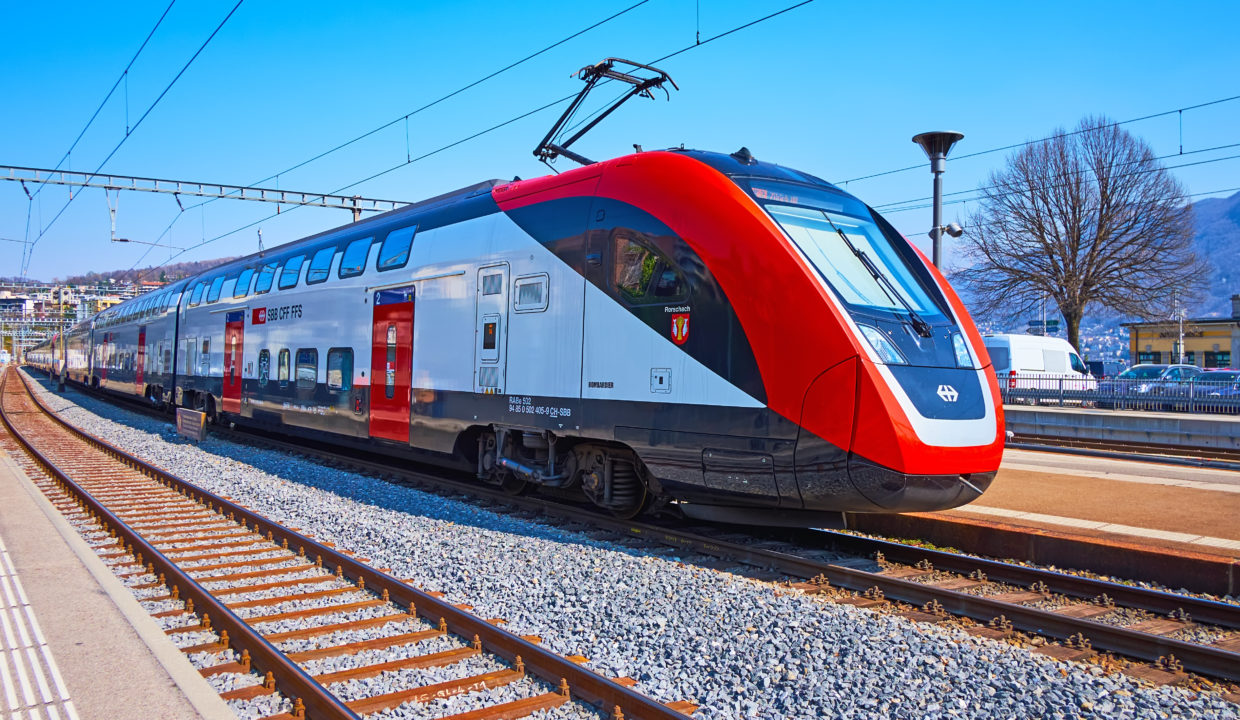
Ticino: the impact of infrastructure and transportation on the real estate market
In recent years, the Ticino region, located on the Italian border of Switzerland, has become increasingly attractive to real estate investors and new residents. One of the key factors in this transformation has been the implementation of new transportation infrastructure projects that have improved the region’s accessibility and connectivity with the rest of the country and beyond.
A prime example of this development is the Ceneri Base Tunnel, the most recent project completed in 2020 as part of the New Rail Link through the Alps (NRLA). This new railway line significantly reduces travel times between Ticino and major economic centers like Zurich and Milan, a transformation that has made Ticino an attractive choice for commuters. The improved accessibility not only enhances commuting possibilities but also positions Ticino as a strategic crossroads for freight transport between northern and southern European markets.
1.Effects on the Residential Market
The reduction in travel times thanks to improvements like the Ceneri Base Tunnel has made it easier for commuters to work in major cities like Zurich and Milan while residing in Ticino, where the quality of life is perceived as superior and housing costs can be lower.
This improved accessibility has led to an increase in demand for residential properties, resulting in rising real estate prices. Areas such as Lugano, Bellinzona, and Locarno have seen property value appreciations as they become increasingly attractive to a broad range of buyers, from young professionals to retirees seeking a quieter environment.
In order to meet the growing demand, new residential development projects have emerged. These include both modern apartments and single-family homes, designed to attract a wide audience. Emphasis is often placed on homes that incorporate sustainability and energy efficiency concepts, consistent with global trends towards more eco-friendly living.
Despite the advantages, the expansion of the residential market also presents challenges. There is a need for careful urban planning to avoid congestion issues and to ensure that residential expansion is supported by adequate social infrastructure, such as schools and healthcare services. Local authorities are thus called upon to balance growth with sustainability, ensuring that residential development does not compromise Ticino’s environmental integrity.
2.Investments in commercial projects
The improvement of transportation infrastructure in Ticino has led to a significant increase in interest in commercial projects within the region. This growth is driven by two main factors: enhanced connectivity with major European cities and Ticino’s role as a strategic logistics hub.
Thanks to reduced travel times to metropolitan centers like Milan and Zurich, Ticino has become an attractive option for companies aiming to optimize their supply chains and expand their customer base. Businesses in the logistics sector, for instance, see Ticino as a vital gateway to the European market. The presence of efficient road and rail connections facilitates the rapid movement of goods and reduces operational costs, offering a competitive edge and creating fertile ground for new investments.
Ticino’s business environment is drawing increasing investments in office spaces and commercial centers, catering to both local companies and international operators who view the region as a strategic base. Government policies play a crucial role, encouraging investment through tax incentives and public-private partnerships.
The focus on innovation and sustainability—such as the use of renewable energy and eco-friendly building practices—supports this development, ensuring that economic growth is aligned with environmental responsibility. Ticino is thus evolving both as a logistics center and a hub for commercial innovation, promising new economic opportunities and an enhanced quality of life in the region.
In conclusion, Ticino is establishing itself as one of Switzerland’s most dynamic regions, thanks to a series of strategic infrastructure improvements that have enhanced its appeal to both real estate investors and new residents. The combination of easy access to major European economic centers and a growing supply of modern housing and commercial spaces is transforming the Canton of Ticino into a hub for sustainable growth.
As the region continues to thrive, it is essential that local authorities skillfully manage this expansion to ensure that economic progress goes hand in hand with environmental protection and social inclusiveness, thereby solidifying Ticino’s role as a model for future development.





